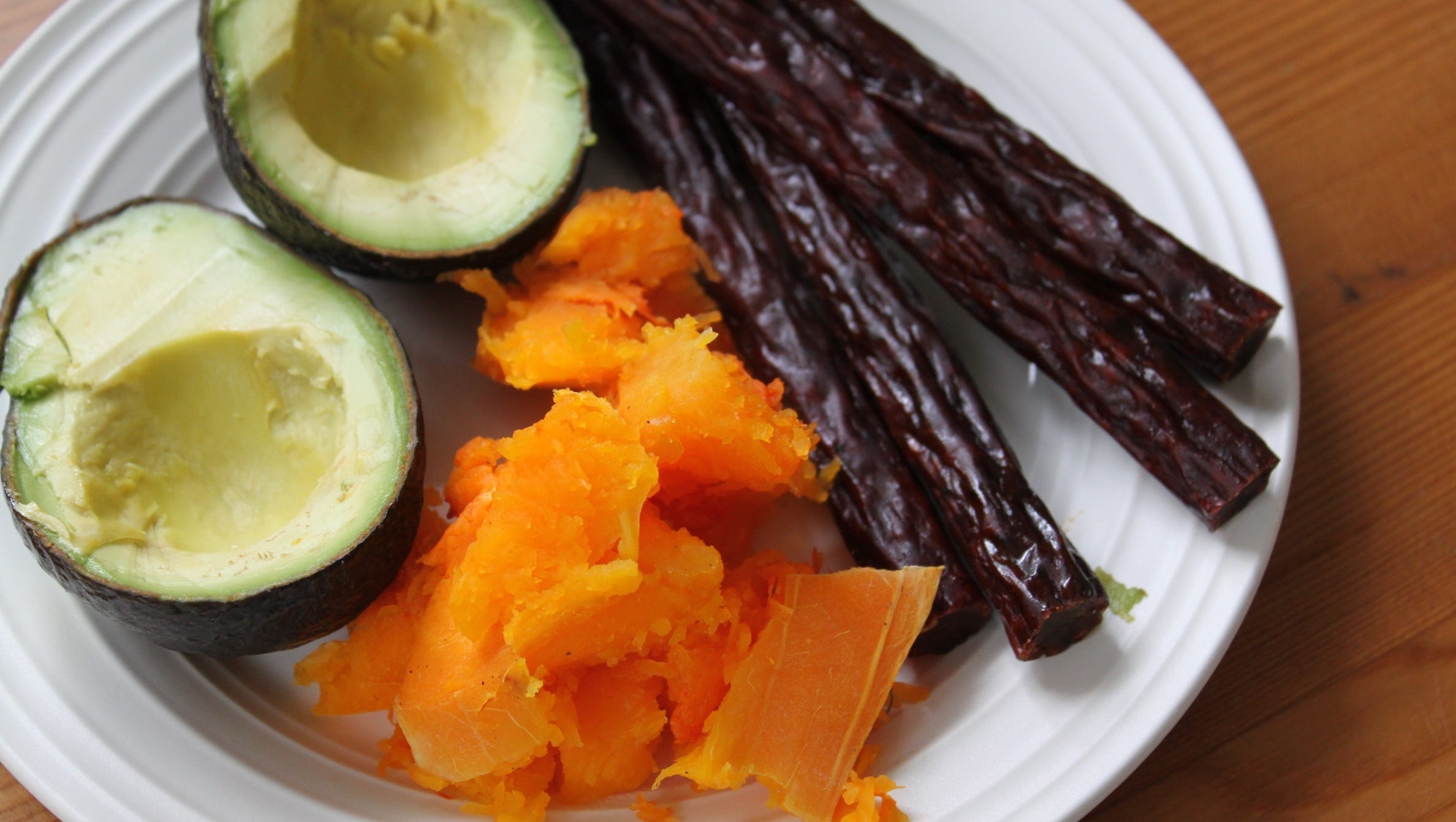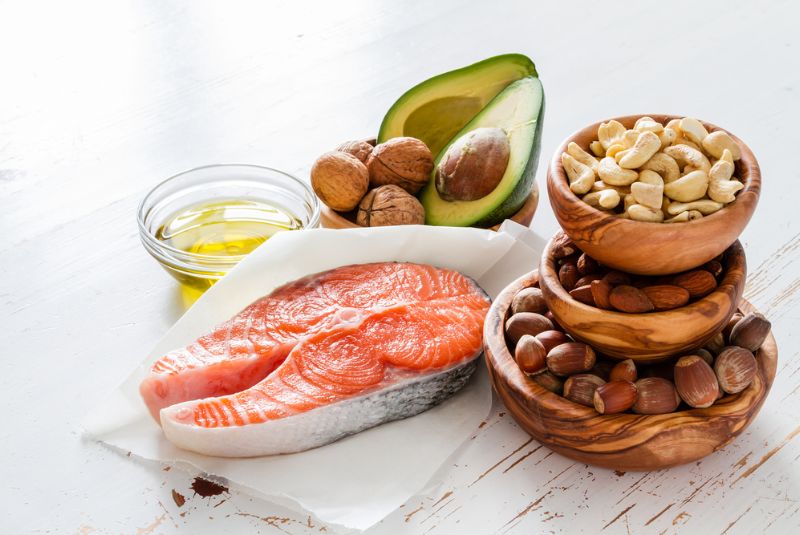Millions of years ago there was not a fast food joint at every foreseeable corner. There was no microwave to heat up your 5-minute dinner in a box. Technology has led to many advances that have led to quicker, easier, and more accessible methods of consumption. Technology has repainted the canvas of how, where, when, and what we eat. Evolution has led to a drastic change in our species’ diet. Now, we have processed foods that come in plastic and cardboard, ingredients that are nearly unpronounceable to the familiar English tongue.
Could there be some merit in regressing in terms of diet? Evolution does not necessarily imply elevation – regressing in certain areas of life may lead to a better quality of life. As the old saying goes, if it’s not broken – don’t fix it.

Paleolithic diet
The Paleolithic time period refers to the early phase of the stone age which lasted 2.5 million years. During this time period, big predators were abundant. Humans at this time were hunter-gatherers. Fruits, vegetables, and herbs were gathered from nature. Animals were hunted and prepared sparingly.
During this time period, there was no domestication of animals. There weren’t even farms for planting crops. No dairy was consumed besides when a young baby suckled his/her mother.
The foods that would be prohibited in modern times to follow this diet include:
- Dairy products such as cheese, milk, and yogurt
- Grains like cereals, bread, rice, and pastries
- Processed drinks
- Processed foods that come in any form of packaging
- Most soy products
- Candies and sweets
Do note, there are healthy forms of low-fat dairy products and carbohydrates that are beneficial in moderation for your diet.
Contrary to popular belief, cavemen and women were not raging meat-eaters. Many envision a portrait of blood and animal meats when imagining the composition of the earlier diet. That’s simply untrue. They were primarily omnivores who loved their greens.




